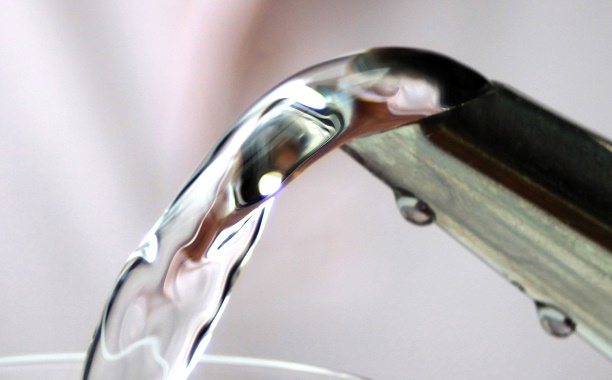The Department of Health and Human Services recommends communities lower the amount of fluoride they add to drinking water by up to 42 percent.
According to WebMD, Americans now have access to more sources of fluoride, including toothpaste and mouth rinses, than they did when officials first began adding the mineral to water supplies across the United States, according to the HHS.
Dentist Dr. Ned Smith takes a look at the teeth of a 6-year-old patient, Zach. As part of Zach’s treatment, he gets fluoride varnish put on his teeth to make them stronger and prevent cavities. Dr Smith says, “Fluoride strengthens the enamel of the tooth.”
Fluoride strengthens the enamel of the tooth and it does this by attacking the area which is most vulnerable to acid (…) Acid is what creates the problem.
The Colombian reports that that Since 1962, the government has recommended a range of 0.7 milligrams per liter for warmer climates where people drink more water to 1.2 milligrams in cooler areas. The new standard is 0.7 everywhere.
Today about 75% of Americans get fluoridated water, but while some people continue to vehemently fight the addition, of fluoride, to local water supplies the U.S. Deputy Surgeon General Rear Admiral Boris Lushniak said in a recent statement that “the need for community water fluoridation still continues.”
While additional sources of fluoride are more widely used than they were in 1962, the need for community water fluoridation still continues (…) Community water fluoridation continues to reduce tooth decay in children and adults beyond that provided by using only toothpaste and other fluoride-containing products.
The CDC says that the benefits of fluoride were first observed in the 1930s, when dental researches found that tooth decay was less frequent and less severe among people whose water supplies contained higher levels of natural fluoride. Extensive follow-up research determined that fluoride can become concentrated in dental plaque and saliva, helping to prevent the breakdown of tooth enamel.
























